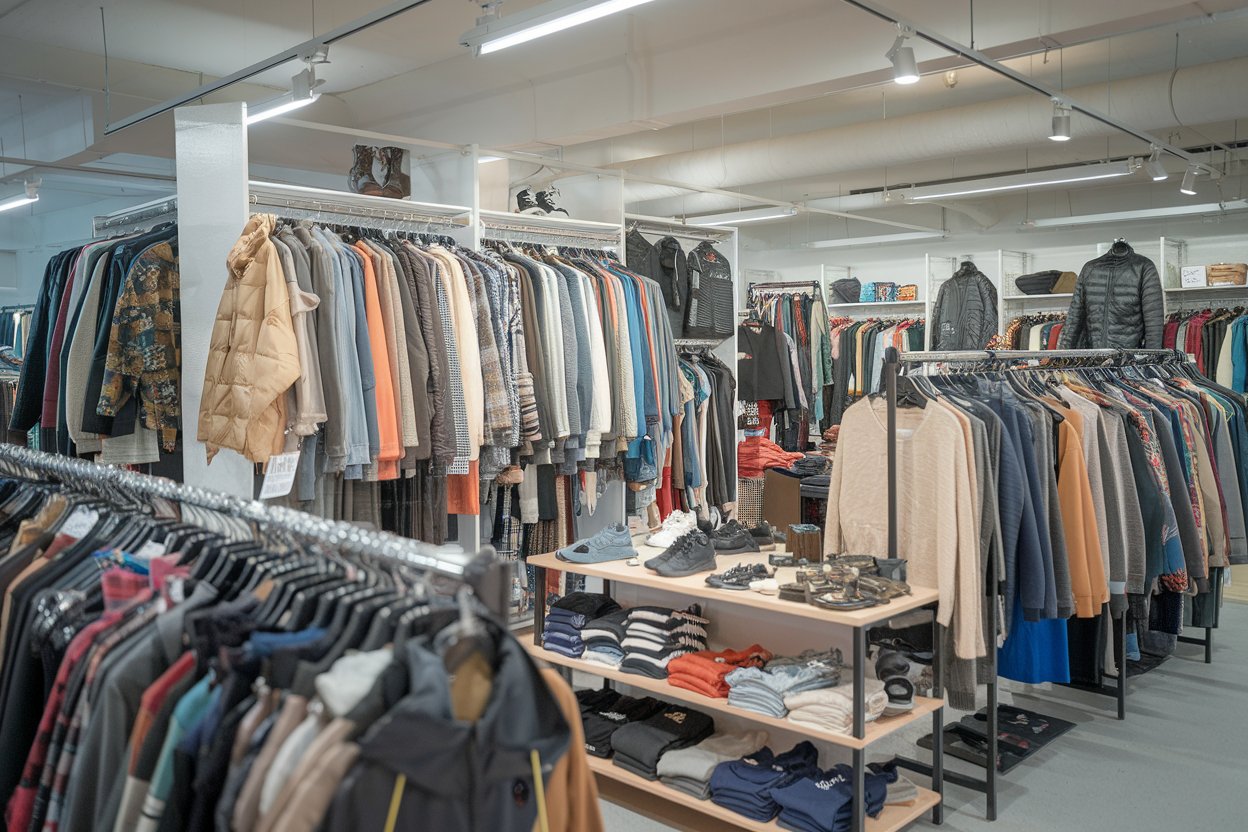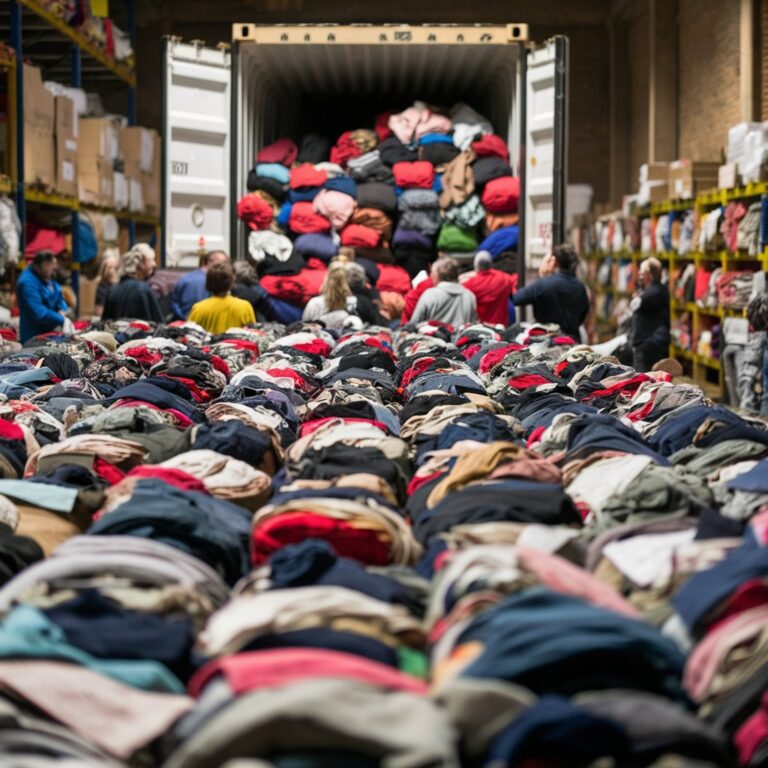How to Identify Best High-Quality Second-Hand Clothes 2024
In the world of second-hand and vintage fashion, finding high-quality pieces is essential for anyone interested in reselling. Whether you’re sourcing clothing for a resale business or personal wardrobe, knowing how to identify top-quality items helps you choose pieces that will hold up over time, look great, and attract buyers. This guide covers everything you need to know about spotting high-quality second-hand clothing—from inspecting fabric and stitching to checking brand labels and identifying authentic vintage pieces.
Key Elements to Look for in High-Quality Second-Hand Clothing
| Feature | Description |
|---|---|
| Fabric Quality | Checking fabric strength and texture to ensure durability. |
| Stitching and Seams | Inspecting seams for loose threads and signs of wear. |
| Brand and Labels | Recognizing reputable brands and authentic labels. |
| Color and Fading | Observing for signs of fading, discoloration, and dye quality. |
| Fasteners and Zippers | Testing zippers, buttons, and other fasteners for functionality. |
| Vintage Authenticity | Identifying true vintage clothing based on design and brand information. |
| Condition of Fabric | Assessing for pilling, stretching, and other signs of heavy wear. |
Inspect the Fabric Quality
The fabric high-quality second-hand clothes is the first clue to their longevity and appeal. Check for durable materials like cotton, wool, denim, and leather, as they tend to last longer and withstand more wear. Some common indicators of high-quality fabrics include:
- Thickness and texture: high-quality second-hand fabrics usually feel heavier or have a distinct texture.
- Natural fibers: Wool, cotton, silk, and leather are often preferred for their durability and comfort.
Evaluate the Stitching and Seams
Inspecting seams and stitching is essential to assess the garment’s construction. High-quality second-hand clothes typically feature tight stitching, uniform seams, and no loose threads. Here’s what to look for:
| Stitch Type | Quality Indicator |
|---|---|
| Double stitching | Indicates strength; look for it on high-stress areas like sleeves. |
| Overlocked seams | Prevents fraying and shows professional garment finishing. |
| No gaps or loose threads | A sign of consistent, durable construction. |
Check the Brand and Labels
Certain brands are known for high-quality second-hand clothing and, therefore, fetch higher resale value. When examining high-quality second-hand clothes, look for brands with a reputation for well-made garments. You can often identify a quality brand by:
- Label authenticity: Ensure it’s the original label, not a knockoff.
- Brand reputation: Recognizable labels, especially those with good reviews, suggest a longer-lasting garment.
- Made-in labels: Items made in places like the U.S., Europe, or Japan can sometimes indicate quality craftsmanship, particularly for vintage pieces.
Look for Color Quality and Fading
The color quality of a garment can reveal its condition. Check for:
- Uniform color: Fading in areas like the shoulders or hems indicates heavy wear.
- Color bleeding: Some fabrics bleed, especially when washed improperly, so avoid items with dye bleeding.
- Natural aging vs. damage: Some vintage fading, like denim wear, is desirable, but uneven discoloration is not.
Examine Fasteners, Zippers, and Buttons
Functional elements like zippers, buttons, and fasteners should be in good working condition. Poor quality in these areas can detract from the item’s value and appeal.
| Fastener | Quality Indicator |
|---|---|
| Metal zippers | More durable and reliable than plastic zippers. |
| Buttons | Securely attached, with no signs of loose threading. |
| Snaps and hooks | Should snap securely without signs of rust or wear. |
Testing these parts before purchasing second-hand items can save you the time and cost of repairs.
Assess Vintage Authenticity
If you’re interested in reselling vintage clothing, authenticity matters. True vintage items (usually 20-30 years or older) have unique appeal and are often well-made. Here’s how to determine vintage authenticity:
- Union tags: In the U.S., garments from the mid-20th century often included union tags.
- Vintage brand labels: Research the brand and tag style to verify its production era.
- Distinctive features: Examine details like shoulder pads, high waistlines, or unique patterns that reflect past fashion trends.
Check for Signs of Wear on Fabric
Beyond fabric quality, assess the specific condition of the garment. Look for pilling, excessive stretching, or fabric that feels thin in certain areas.
Common Wear Indicators
| Wear Indicator | Description |
|---|---|
| Pilling | Small fabric balls typically occur on low-quality or heavily worn fabrics. |
| Stretching | Areas like elbows and knees may show stretching on lower-quality items. |
| Holes and snags | Small tears or pulled threads indicate wear that may be hard to repair. |
Checking these aspects ensures the garment is in good enough condition to resell for a reasonable profit.
Frequently Asked Questions
By following these guidelines, you’ll be able to identify high-quality second-hand clothes that stand the test of time and appeal to resale buyers. With a trained eye and some practice, you can build an impressive second-hand collection that offers both style and sustainability.








